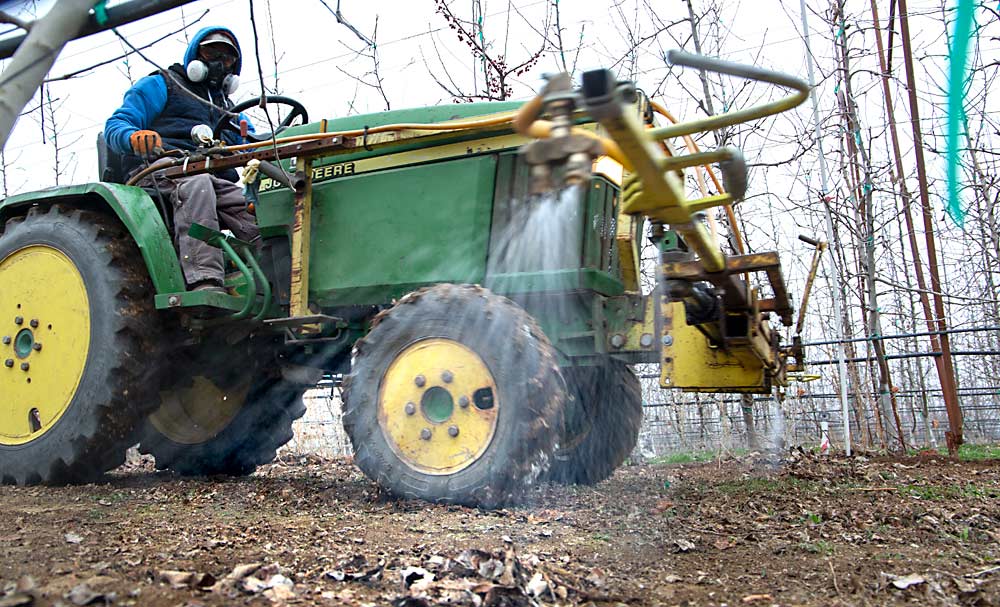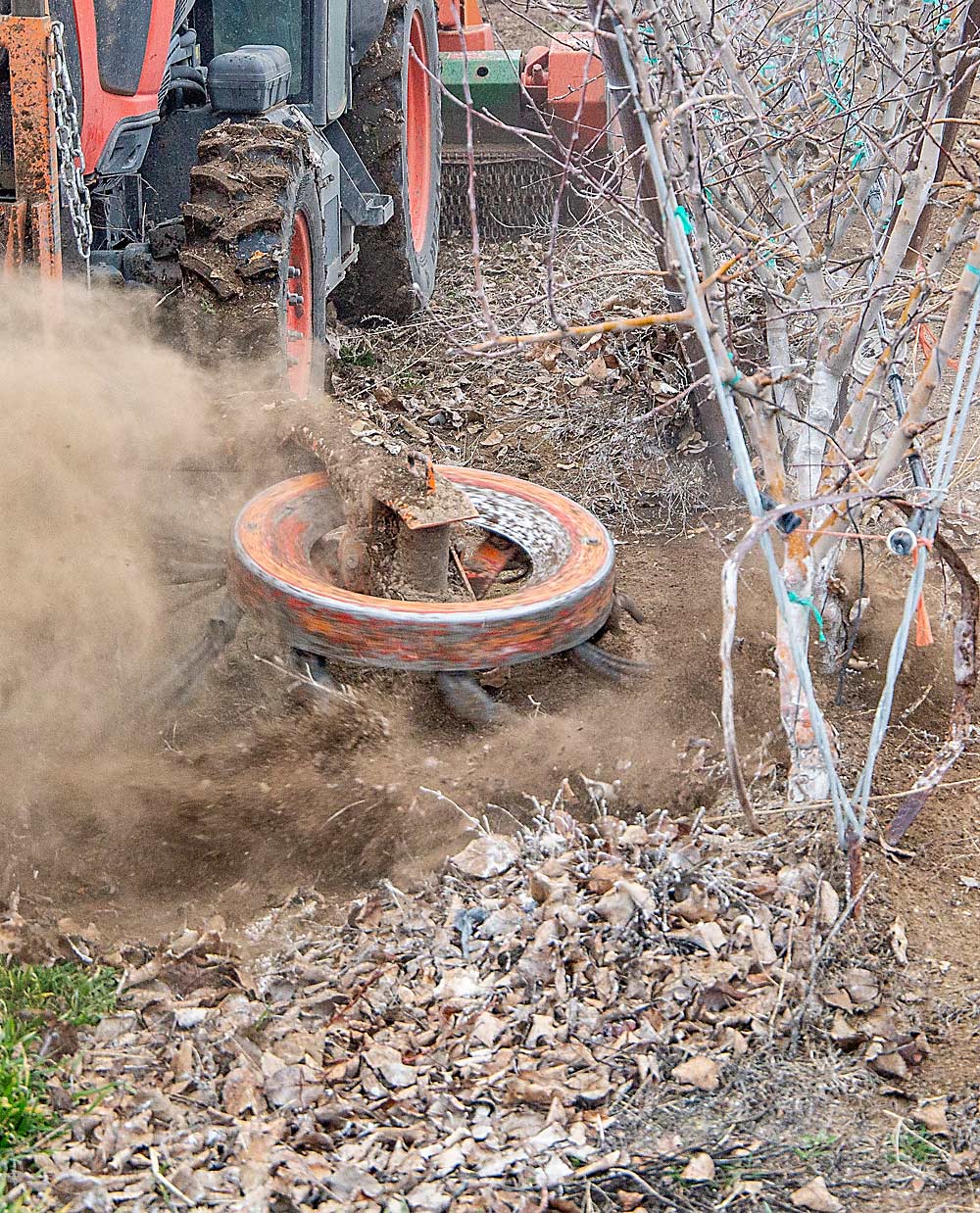
The supply chain crisis has hit the herbicide market.
International shipping chokepoints, hurricanes, litigation and lingering pandemic effects have all teamed up to make glyphosate, glufosinate and other weed-control chemicals expensive this year.
If you can find them at all.
“There’s just some things that are tight right now,” said Jeff Stoer, purchasing manager for G.S. Long, an agricultural supply and services company in Yakima, Washington. Glyphosate, a post-emergent, broad-spectrum weed killer often sold under the well-known trade name Roundup, is one of the tightest. So is its cousin, glufosinate, and the spray 2,4-D (2,4-dichlorophenoxyacetic acid).
In light of limited supply, Stoer and a handful of weed scientists are reminding growers how to use their materials wisely.
“It’s not the year to be wasting chemicals,” said Thierry Besançon, an extension weed specialist at Rutgers University. “It’s the year to be extremely precise.”
Besançon and Lynn M. Sosnoskie, a specialty crop weed ecologist for Cornell University, teamed up to write a series of newsletter articles guiding vegetable and fruit growers through weed control in times of chemical shortage, while Brad Hanson, an extension weed specialist at University of California, Davis, has been answering weed-control questions all winter.
Common lessons
A lot of the usual wisdom applies, they said.
Lesson No. 1 is to nail the timing and accuracy of preemergent herbicides, applied to bare ground before weeds sprout. The idea is “starting as clean as possible and staying as clean as possible,” Sosnoskie said.

That’s good advice any time, said Hanson, who normally recommends it to reduce selection pressure for the more limited choices in post-emergent sprays.
Preemergents typically cause less crop damage because the crop is dormant at the time of application.
—To get the most out of preemergent sprays, clear the ground of leaves and other debris under trees, so the herbicide contacts the soil.
—Time herbicides around rain or water applications. Preemergent sprays need water to mix them into the soil and activate them. That’s easier said than done, of course. In arid Eastern Washington or Central California, rain showers can be few and far between, while irrigation ditches are not necessarily full during preemergent timing.
Other chores such as fungicide applications and frost control measures overlap, putting a crimp on labor. Some growers make their preemergent applications in the fall, but that can overlap with harvest chores, too. In fact, weed specialists recommend applying both fall and spring.
—Once weeds start to grow, scout carefully to find and identify them while they are still small and succulent. That’s when they are the most sensitive to herbicides.
—Mind weather conditions that could increase stress on weeds, which could reduce efficacy. Plants shut down when they get too hot, weeds included, making them less likely to take up herbicides.
—Don’t skimp on adjuvants, the experts said, such as surfactants or water conditioners. They may stretch your herbicide supply.
—Optimize rates. Target weed control with the lowest effective rate.
—Glyphosate is in particularly short supply, Besançon said, so save it for weeds that really need it, such as poison ivy. For Canada thistle and marestail, he suggested considering clopyralid instead, where labels allow. Clopyralid is not labeled for all fruit crops.
—“Don’t rule out hand pulling,” Sosnoskie said. Yes, it’s a lot of labor, but it might be worth it if chemical prices get high enough. And it may make sprinklers and other crop protection sprays more effective.
—View weed control as a season-long economic investment, not just a comparison of one chemical price to another, Hanson said. Good preemergent control might save labor costs in mowing later, for example.
Weed mitigation in the face of shortages can be done, he said.
“We can still get good weed control, it just takes more thoughtful, more timely management,” Hanson said.
—by Ross Courtney






Leave A Comment